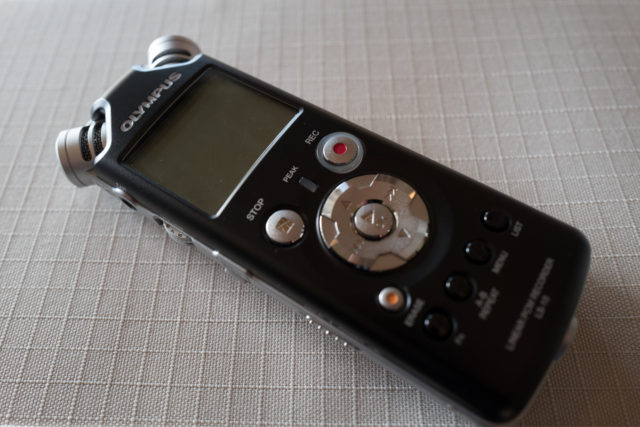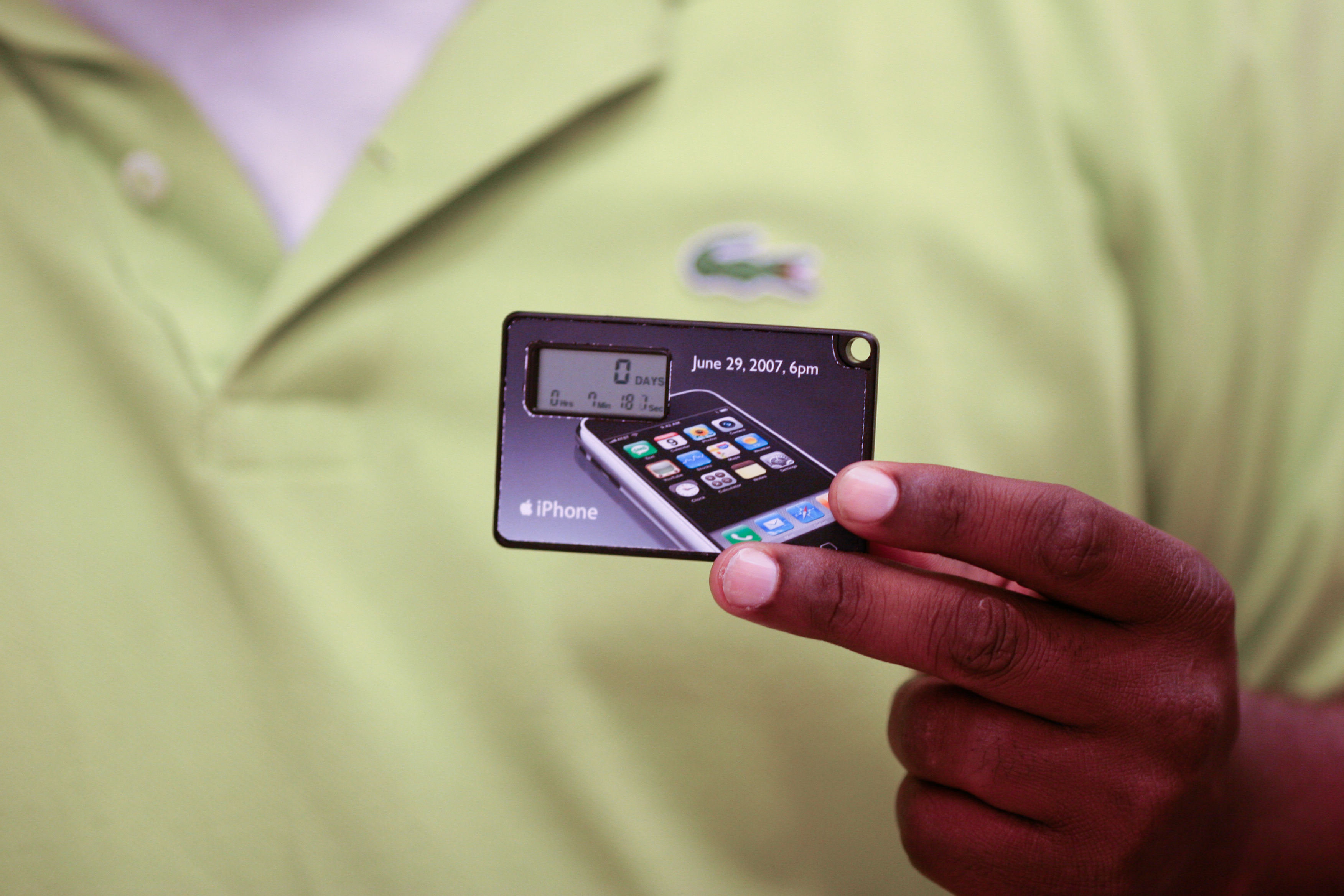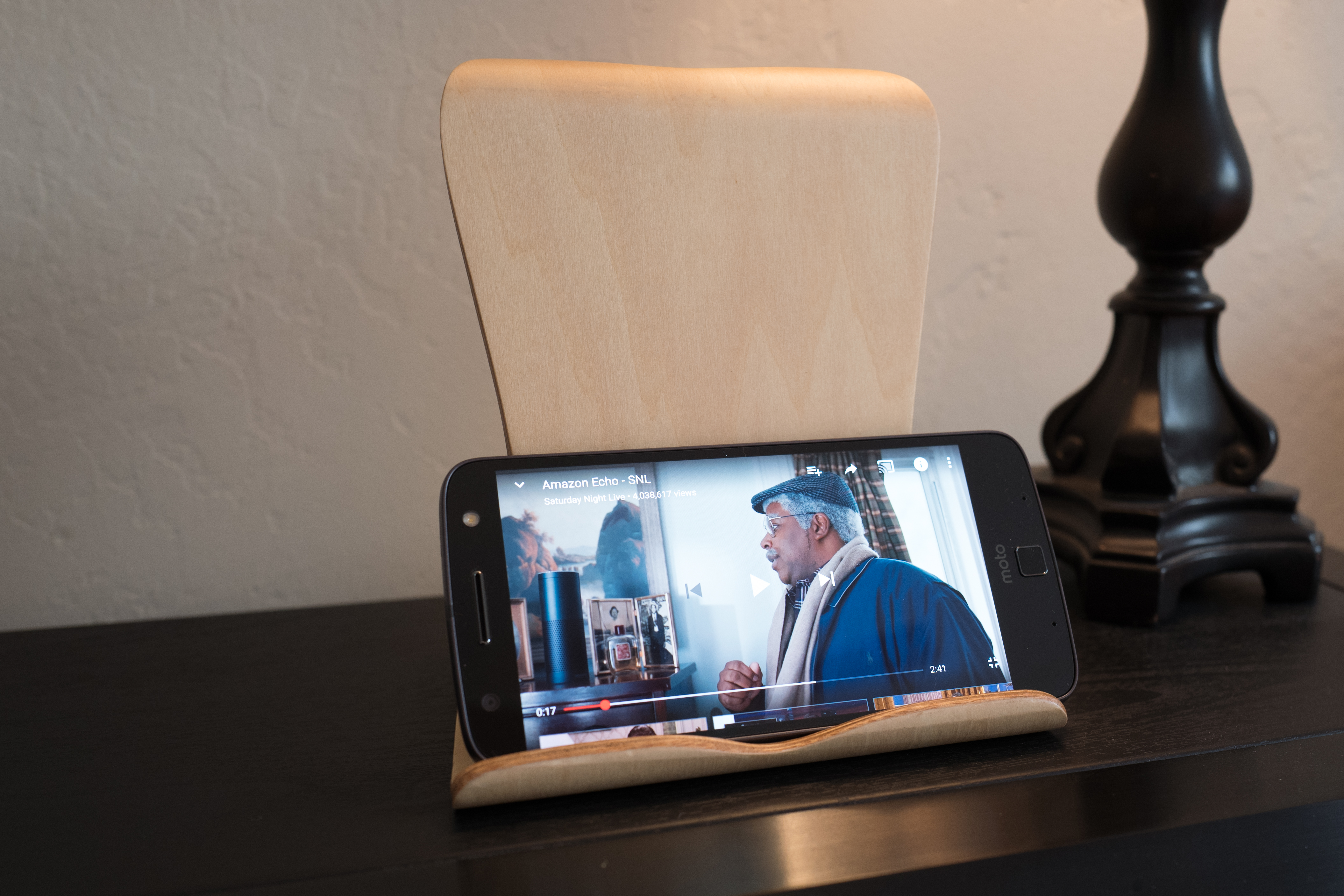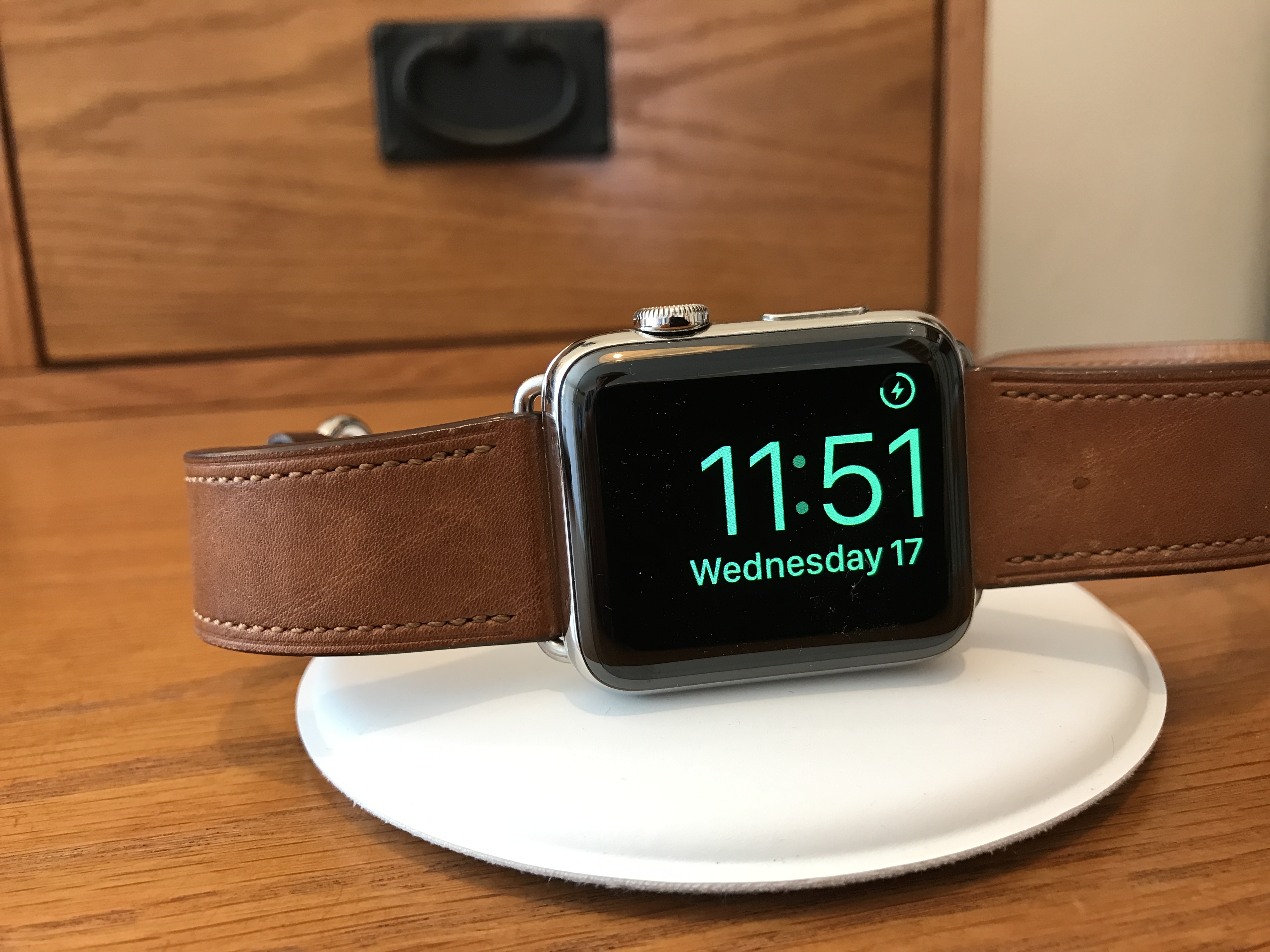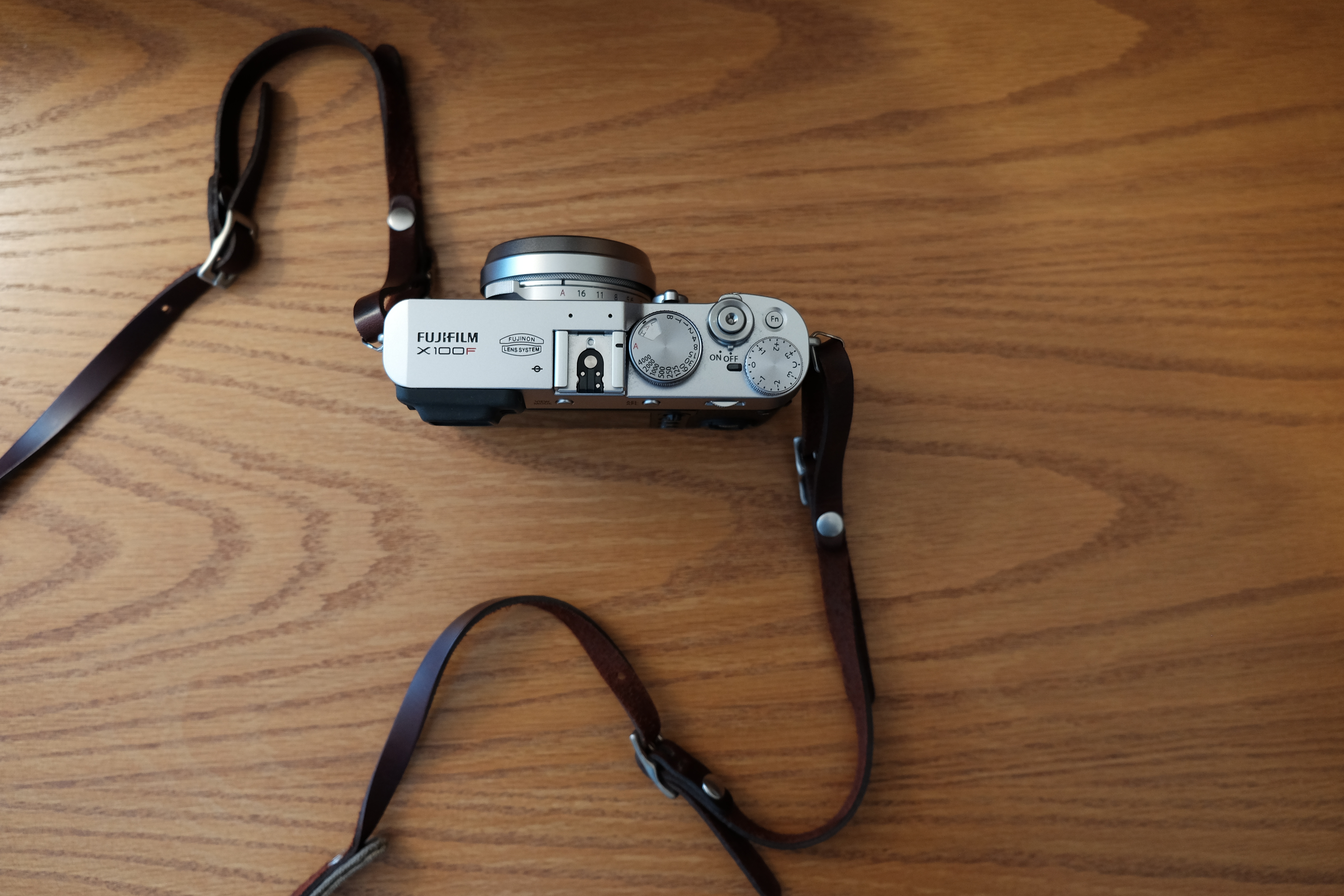The process of moving residences after 10 years is opportunity to assess objects—and their value to keep or part with and what they once meant. Our garage is a treasure trove of memories and missives, like the Olympus LS-10 Linear PCM Recorder, which I ordered from Amazon on June 9, 2010. Strangely, perhaps ironically, the purpose for which I purchased the device made it obsolete.
On Oct. 12, 2017, I pulled the voice recorder from a box, where it was carefully coddled in a protective case. But both batteries had ruptured, and their acid apparently damaged the circuitry. After being cleaned and receiving fresh AAs, the LS-10 stubbornly refused to power up. Strange that it looks so new and ready to use. No more. I shot the Featured Image with Leica Q. Record button is focal point. Vitals: f/5.6, ISO 400, 1/60 sec, 28mm.
